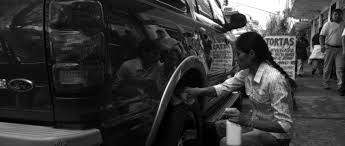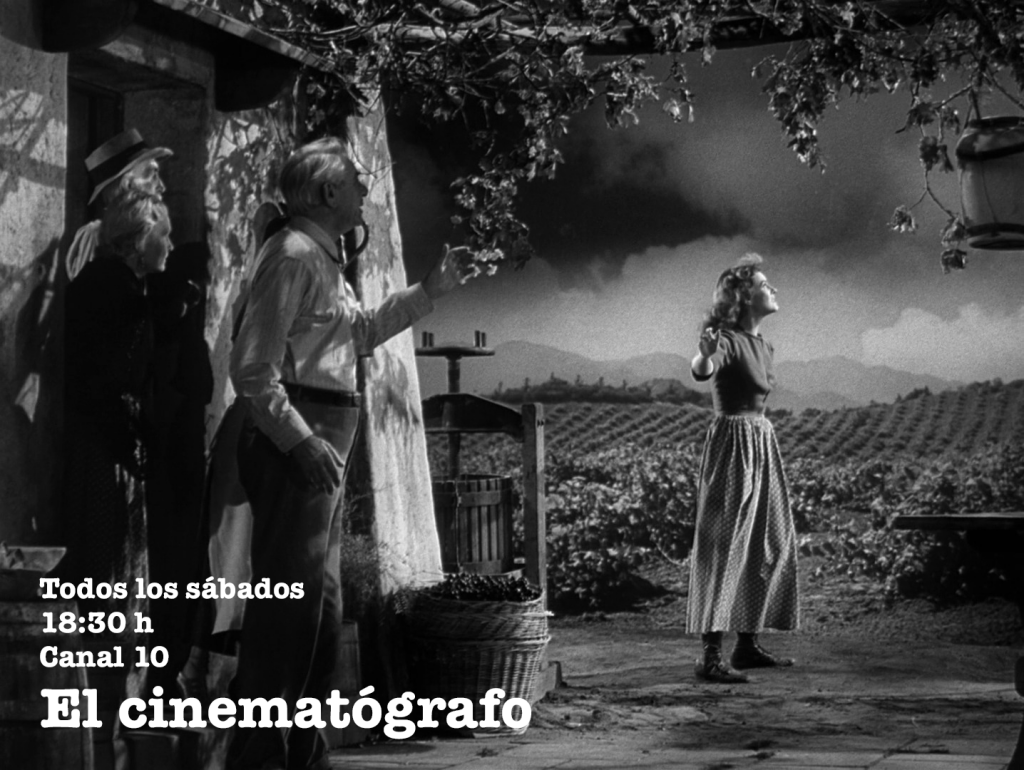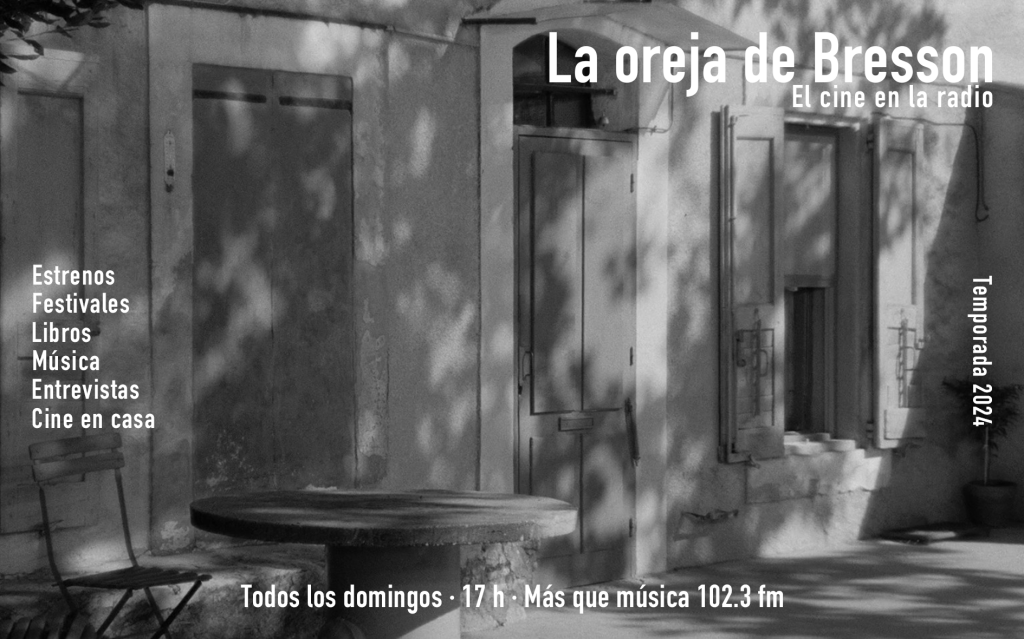
SHORT REVIEWS (07): CALLE LÓPEZ / LÓPEZ STREET
 Calle López / López Street, Lisa Tillinger and Gerardo Barroso, México 2013
Calle López / López Street, Lisa Tillinger and Gerardo Barroso, México 2013
Por Roger Koza
In the eyes of a foreigner practically any street of Mexico City’s Centro Histórico holds potential for a film. Life on the street deserves more than just the natural condition of observer anyone could have, it demands an extra attention. In a 100-meter radius, the sociological exuberance of the events going on is simply impossible to ignore. The street is a mise en scène in itself. How to shoot a film-like collective experience and transform it —paradoxically— into a film? The act of filming always entails a denaturalization, a search, a transformation of the order of the evident into a new order of what is visible, what is there in plain sight but not always evident to the eye.
Tillinger and Barroso Alcalá choose López Street and a time unit, a day, as well as a method for their register —systematic and non-intervening observation. The result is very valuable since it entails a portrait of the social complexity and labor diversity during a whole-day cycle.
The key to any observational documentary lies in the construction of the point of view, since shot- framing becomes the true and only discourse. In Calle López there is an interest to show with precision the preparations for work, the set of procedures linked to any activity. The idea is to film the processes and not the results of various activities.
In a way, Calle López has a certain air of a huge panoramic painting of a space and a time; its peculiarities give form to the whole picture as if each sequence was part of a painting —the close up on the foot of a tailor and his movements, the open shots of the streets, the travelling shots on the push carts used for work, all of these are “simultaneous” shots of a larger and imaginary panoramic of the totality of life in a reduced space. Even leisure time is included here.
To film work and its dignity is not an easy task; but when a filmmaker works thoroughly on his approach to the experience of labor, an absent and unpopular subject in cinema, filmmaking is dignified as a craft.





As you say: «..all of these are «simultaneos» shots of a larger and imaginary panoramic of the totality of life..» and at the same time Tillinger and Barroso Alcalà while they were filming, they dignified their work as the people of Calle Lòpez.
So, we the people that read news at Ojosabiertos, we read them in English too.
Rarely we have seen such consistency to portray a micro world of work, in this case composed of street workers López Federal District of Mexico. Appealing to white and black, medium that allows the filmmaker and the viewer put some distance of the observed object and appreciate it more closely, we meet the varied offices implementers whose common denominator share a space but also hard working system . An important part of them do their work outdoors, subject to the rigors of the climate, air pollution and noise.
The filmmakers do not talk to the protagonists and nor make them talk. Just the mute testimony of the camera, that is following in his actions, and records the movements of the hands and legs.
One of the highlights of the film, is the portrait of the girl who helps her parents in the street kiosk goodies. Her innocence and sympathy can not cover up the fact heartbreaking a young girl working, instead of being in kindergarten. The image of the girl reveals another detail: as she looks almost permanently to the camera, and even speaks a few words, adults who appear in the film behave like real actors, and therefore lose some of their spontaneity, performing their tasks as if the camera did not exist.
The fact that we are facing a daily routine that must run all workers, is very well symbolized by the work of the sweeper. The portrait of his work, which began in the early morning, opens the film, and the new round, the next day it closes. A cycle is completed, and a great movie has ended